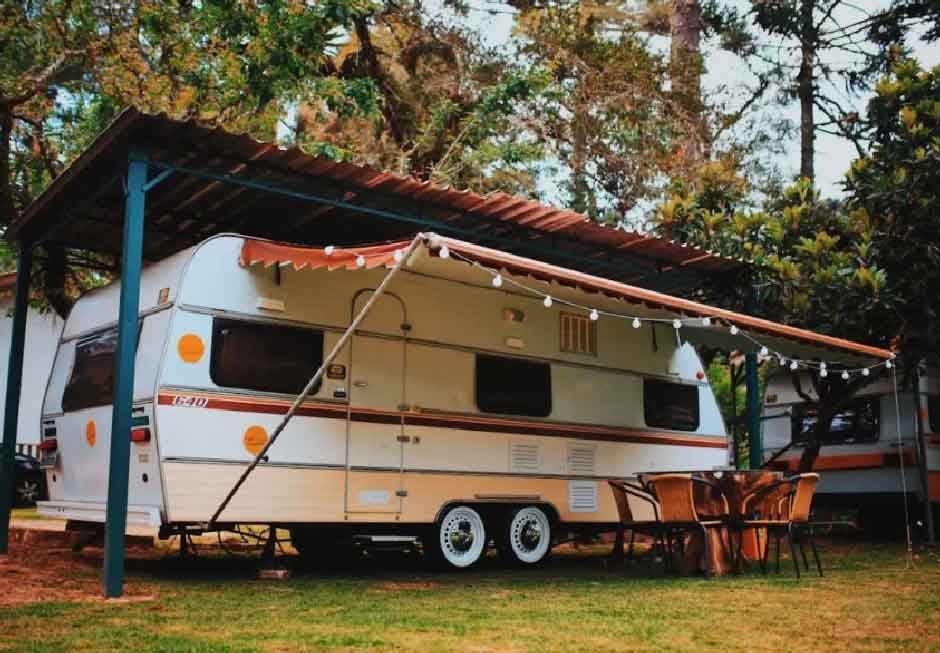Skip to the good bit
ToggleAn RV awning is one of the best additions to any camper, providing shade, protection from the elements, and an inviting outdoor space. However, when it comes to choosing between a manual or electric model, many RV owners find themselves debating which option is best. Both types have their advantages and drawbacks, depending on budget, convenience, and overall use. Understanding the key differences can help you make an informed decision. To explore a range of options that suit your needs, visit page for more details.
Understanding Manual RV Awnings
A manual RV awning is a traditional option that requires physical effort to extend and retract. These awnings are operated using a crank handle or pull strap and are known for their durability and simplicity.
Benefits of Manual Awnings
One of the biggest advantages of a manual awning is its reliability. With fewer mechanical components, there is less risk of failure, making them an excellent choice for long-term durability. Many RV owners appreciate their affordability, as manual models typically cost less than electric versions. Additionally, they do not rely on the RV’s electrical system, which means there are no concerns about draining power, especially for those who enjoy off-grid camping.
Potential Drawbacks
Although manual awnings are durable, they require physical effort to operate. Extending and retracting the awning can be time-consuming, particularly for larger RVs. If the awning is stiff or exposed to windy conditions, it may be challenging to adjust. For some, the manual process is a minor inconvenience, but for those who prefer a hassle-free experience, an electric option may be more appealing.
Exploring Electric RV Awnings
An electric RV awning operates with the push of a button, allowing for quick and effortless extension and retraction. These motorized awnings are powered by the RV’s 12-volt electrical system, making them a modern and convenient upgrade.
Benefits of Electric Awnings
Convenience is the biggest advantage of an electric awning. With just a switch or remote control, the awning extends or retracts within seconds. This is especially useful in unpredictable weather, allowing users to retract the awning quickly in case of strong winds or heavy rain. Some models come with additional features such as wind sensors, which automatically retract the awning when gusts become too strong, providing an extra layer of protection.
Another benefit is accessibility. For RV owners with mobility concerns or those who prefer to avoid manual labor, an electric awning makes outdoor setup much easier. Many modern models also include built-in LED lighting, adding both functionality and ambiance to an outdoor space.
Potential Drawbacks
While electric awnings offer convenience, they do have their limitations. Since they rely on the RV’s power system, they can drain the battery if used frequently without an external power source. Additionally, electric motors and wiring introduce the possibility of malfunctions, which may require troubleshooting or repairs over time. The cost of an electric awning is generally higher than that of a manual model, so budget-conscious buyers may find manual options more appealing.
Factors to Consider When Choosing an Awning
When deciding between a manual and an electric awning, several factors should be taken into account, including budget, convenience, and overall usage.
Budget Considerations
For those looking for an affordable option, manual awnings are the way to go. They are generally less expensive to purchase and maintain, making them a great choice for budget-conscious RV owners. However, if convenience is a priority and the budget allows, investing in an electric awning may be worth the extra cost.
Frequency of Use
Frequent travelers who set up camp often may appreciate the ease of an electric awning. The ability to extend and retract it effortlessly saves time and effort, making it an excellent choice for those who move frequently. On the other hand, if the awning is only used occasionally, a manual model might be a more practical and cost-effective option.
Weather and Durability
In windy or storm-prone areas, having a reliable awning is essential. Manual awnings, with their sturdy mechanical design, can sometimes withstand harsh conditions better since they lack electronic components that may be affected by moisture or dust. However, electric awnings with wind sensors offer a level of protection by automatically retracting when conditions become too rough.
Power Availability
Electric awnings depend on the RV’s electrical system, which means they are best suited for those who frequently have access to shore power or a reliable battery setup. Boondockers or off-grid campers may find manual awnings more practical since they don’t require any power to operate.
Making the Right Choice for Your RV
Ultimately, the decision between a manual and an electric RV awning depends on personal preference, travel habits, and budget. Both options provide shade, protection, and comfort, but each has distinct advantages that cater to different needs.
For RV owners who value simplicity, reliability, and affordability, a manual awning is a solid choice. It requires little maintenance and works in any environment without the need for electricity. Those who prioritize convenience, ease of use, and added features like wind sensors and LED lighting may find an electric awning to be the better option.
Conclusion
Both manual and electric RV awnings enhance outdoor living, providing shade and comfort during travel. Choosing the right type comes down to budget, convenience, and how often you plan to use it. By weighing the benefits and potential drawbacks of each, you can make an informed decision that best suits your RV lifestyle. Whichever option you choose, investing in a high-quality awning ensures a more enjoyable experience at every campsite.







